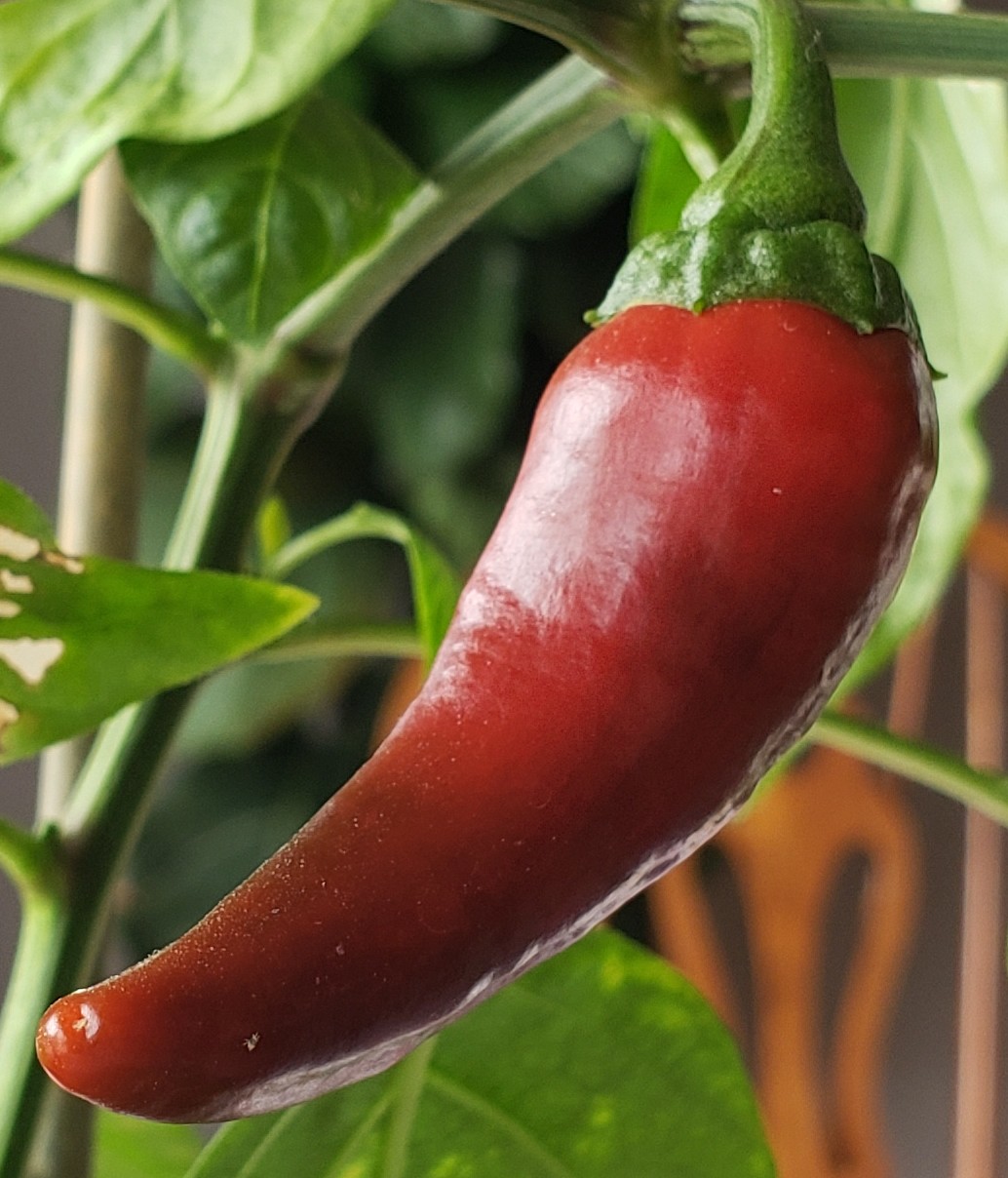It's probably Chlorophyllum rhacodes but it could be C. olivieri or C. brunneum. All three of em are closely related and considered shaggy parasols , and are equally edible.
Equally edible as in edible with the caveat that some people are gastrically sensitive to them and as such one should try a little and wait a while to ensure they agree (this is common advice with all foraged mushrooms but is especially recommended with certain species).
Chlorophyllum molybdites (often lovingly referred to as "The Vomiter") can look almost identical but can be distinguished by the color of its spore print; C. molybdites has a distinctive green print whereas the shaggy parasol species have a white print.
Molybdites isn't fatal and doesn't damage organs or anything, though it can make you very sick, hence the nickname. I've also seen antecdotes that some people can eat it without a problem though I'm not interested in finding out if I'm one of them.
So, after checking out the spore print and quadruple checking my resources to make extra sure I had a shaggy parasol, I sauteed one in olive oil aaand it was disappointingly bland, not notably different than common white mushrooms from the store. People generally seem to really like the flavor so it could be that I overcooked them or that they have more flavor when they're younger, or maybe it's the substrate where I found it.
I tried a few small pieces to make sure it agreed with me and after a few hours passed without any issues I mixed the rest into a couple very-special-this-time-only-purple-tier green onion+shaggy parasol pancakes.
Definitely a better use and I'll probably try this with future finds too. It's super fun to eat things you find but even more fun to use them in a recipe. :meow-coffee:


I probably should have inferred but since I don't really know how hard it is to spore print or how long it takes...
No problemo, thanks for pointing that out! I edited the post so it's clearer that all due diligence was done.
Getting a spore print is really easy, you snip off the stem near where it attaches so you can lay the cap flat on a piece of paper and then you cover it with a glass or a bowl and wait a while. That's it!
Once a mushroom's cap opens it's dropping spores basically all the time. Depending on its maturity it can be slow enough that you need to leave it overnight to accumulate a decent print or in some cases it only takes a couple hours. A common tip is to put a drop or two of water on the cap before you cover it, the idea being that the water evaporates and the high humidity under the glass/bowl encourages faster release of spores.
The print I took in this case only took 3-4 hours.
I could have left it for longer and gotten a thicker/starker print, but enough spores had accumulated at this point to clearly see the color which was all I needed.